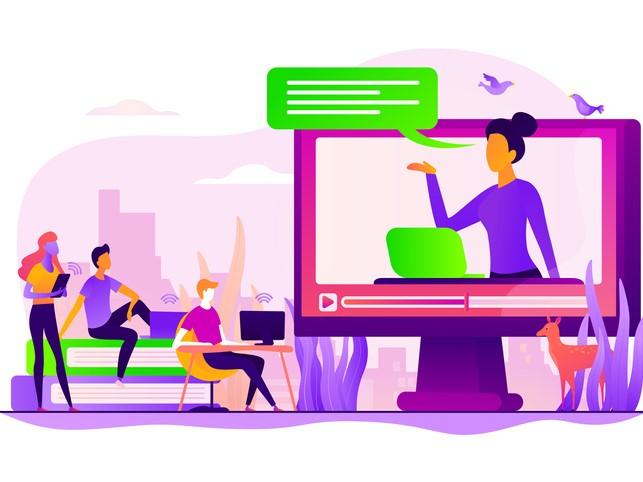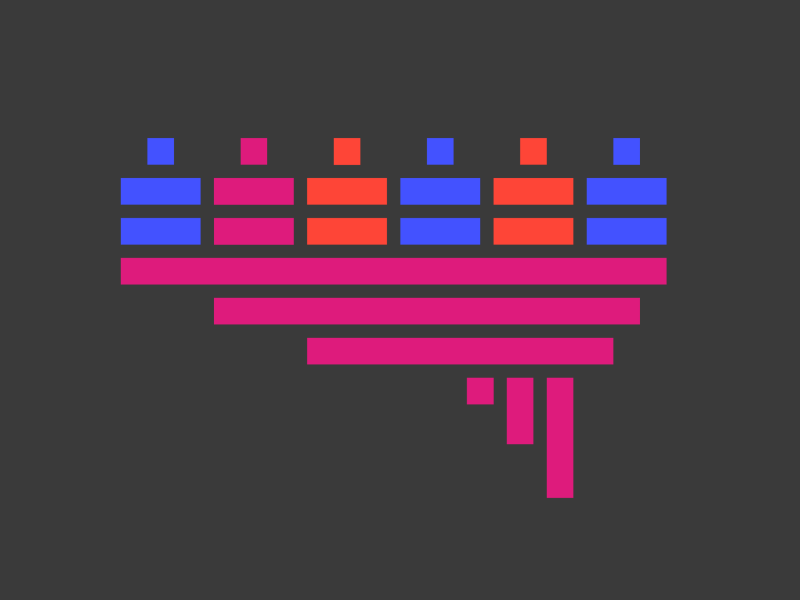It’s no secret that the sudden shift to an online teaching format left many students feeling disengaged and instructors struggling to connect with their students. And although it might seem that the answer is to return to “normal”, for most students, “normal” was far from optimal. Many courses host dozens of students in large lecture halls, and students often quickly tune out; “distance learning” effectively starts from the third row.
But even that experience is far from universally available. In the US, 74 per cent of undergraduates are non-traditional students − studying while working, serving as caregivers or some other commitment. For those students and others, online learning offers much-needed flexibility. Indeed, 73 per cent of college students would prefer to take some fully online courses post-pandemic. Worldwide, many people cannot participate in traditional educational experiences because of their life circumstances. Online learning has the potential to enable many more people to transform their lives and open the door to social and economic mobility.
Coursera, which I co-founded in 2011, was built towards this vision of access, and the impact has been greater than I ever anticipated: more than 77 million learners, spanning every country, age group and demographic, are learning with Coursera. Access to education has enabled many learners to transform their lives − people such as Sharmeen Shehabuddin from Bangladesh, who was able to emerge from a life of poverty by taking Wharton business courses and ultimately gained admission to a top international business school.
However, those benefits predominantly accrued to course completers, and successful completion came most often to those learners who were more motivated and with better study skills; the learners who were most in need of help were often left behind.
We have found that even given the flexibility of online courses, guidance and support are crucial. A failed experiment to increase flexibility by removing all course deadlines resulted in much lower completion rates, as indefinite procrastination became the default. Completion rates remain persistently low even among learners with intent to complete, and attempts to increase them have had limited impact.
Fortunately, work in neuroscience, behavioural psychology and education research has led to significant insights into what works for learning − insights that are even more important and, surprisingly, easier to implement, in the online world.
One early experiment is tutored video instruction (TVI), pioneered by Stanford’s Jim Gibbons. Rather than having remote students watch videotaped lectures in their own time, small groups watched the videos together, along with a facilitator who regularly paused the video for interactive discussion. The results were surprising.
The TVI group outperformed not only the students who watched the videos on their own but also on-campus Stanford students. Furthermore, the students who disproportionately benefited were those who were less prepared: they had lower GPA and GRE scores, but they still outperformed the on-campus students.
More broadly, a meta-analysis of hundreds of studies showed that collaborative and active instruction methods led to significant improvements in learning outcomes. Students who would score at the 53rd percentile level with individualistic learning methods would score on the 75th when learning cooperatively.
Similar improvements were obtained for peer instruction, created by Harvard’s Eric Mazur. Here, students with different perspectives were grouped to discuss key questions, allowing them to work through their confusion via dialogue. Additionally, the gender gaps common to STEM courses were largely eliminated by this interactive approach.
The successful approaches outlined above are surprisingly hard to implement in physical classrooms, most of which are not built for collaboration but to focus student attention on the instructor. Rather than going “back to normal”, we now have an unprecedented opportunity to reimagine learning using modern technology.
With purpose-built platforms, we can create dynamic learning environments that offer a more effective educational experience − one involving small learning groups, collaborative projects, interactive polling and multiple channels of interaction with content, peers and instructors. Dynamic and effective teaching strategies such as jigsaw, think-pair-share or multilevel tasks can be managed with the click of a button.
We also have a unique opportunity to use data to improve learning, both individually and at the class level. In a traditional classroom, it is often difficult for instructors to assess whether students are truly learning. In a digital classroom, we can collect data in real time: are students asking questions, taking notes or discussing with peers? These valuable yet non-invasive data streams allow for tailored instructor-student interactions.
For example, real-time data can highlight students who have tuned out, allowing an instructor to reach out individually to students and help them re-engage with the class. Broader class trends can help the instructor identify places where confusion may have arisen and address the situation either in real time or in the next class.
The multiple modes of engagement in a digital platform make it possible for students who do not easily communicate verbally to participate through channels better tailored to their needs. In hybrid classrooms, we can leverage mobile devices to capture what each individual says, and whether they are in-person or remote, allowing for small group discussions to take place among all students and creating an equitable, participatory experience for everyone.
The pandemic has created an imperative to pause “normal” and hence an opening to re-evaluate it. In the case of teaching and learning, it is now abundantly clear that “normal” is far from optimal. We can seize the opportunity to build the classroom of the future, one that offers a learning experience that is considerably more accessible and engaging − and one that will make many more students more successful.
Daphne Koller is the founder and CEO of insitro, co-founder of Coursera and Engageli, and is the former Rajeev Motwani professor of computer science at Stanford University (now adjunct).




comment